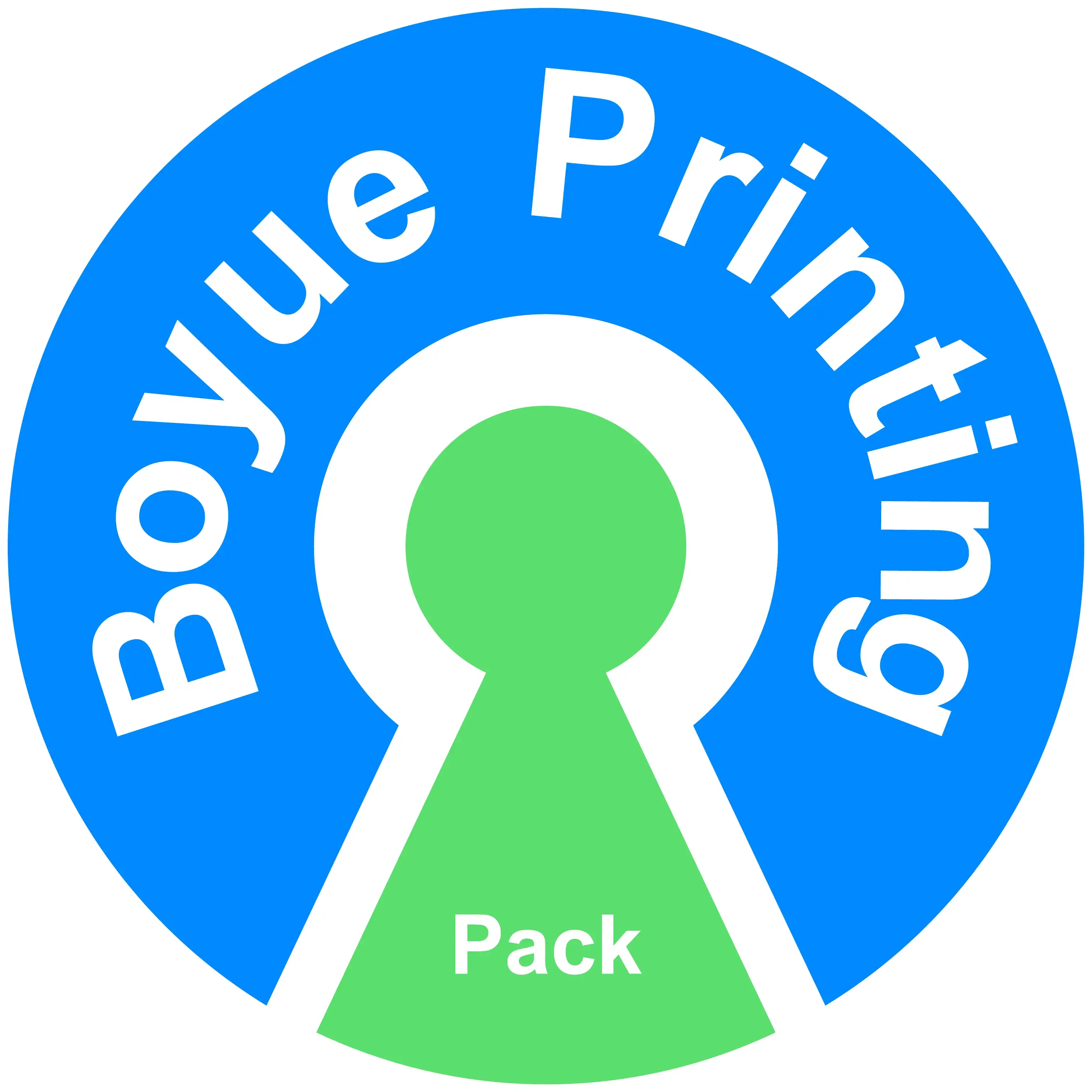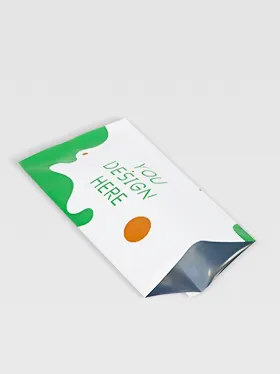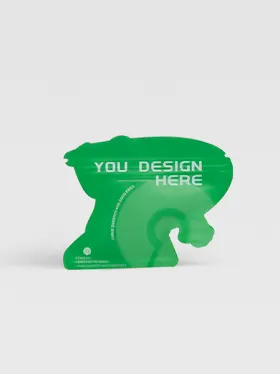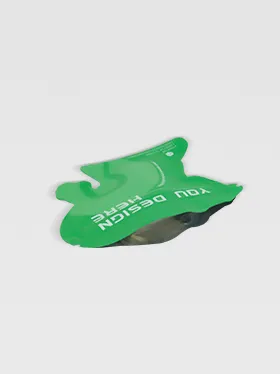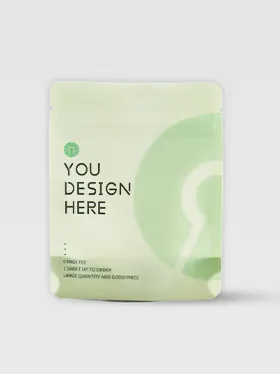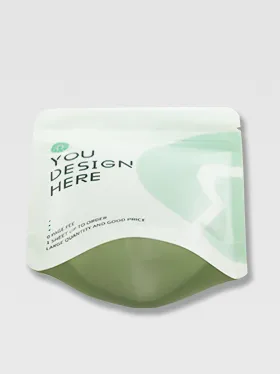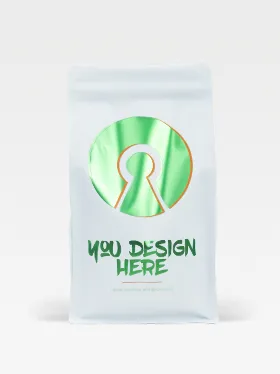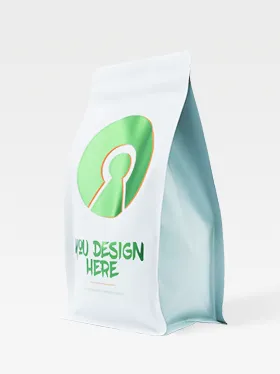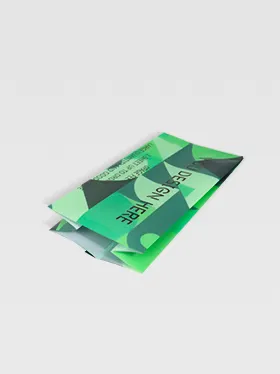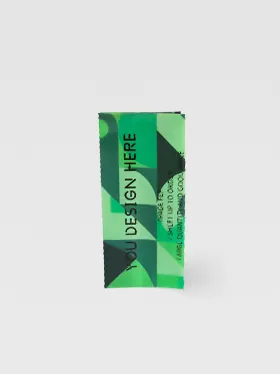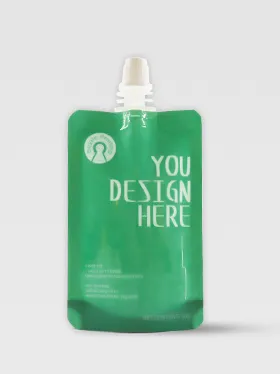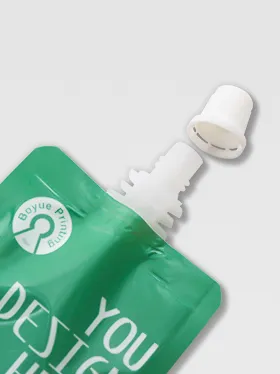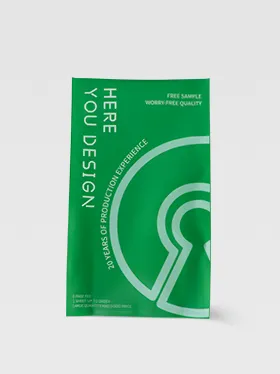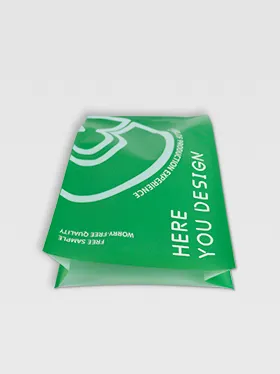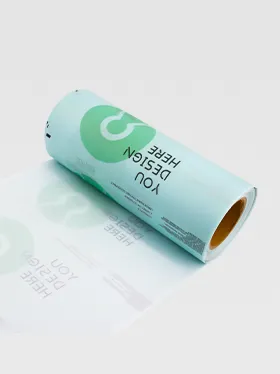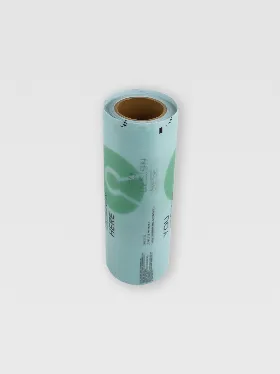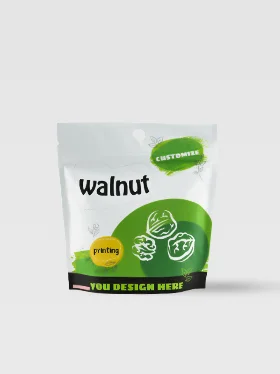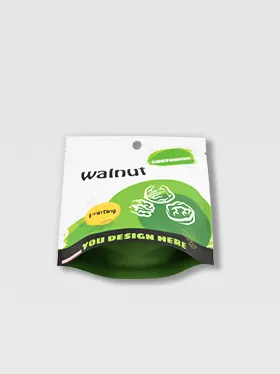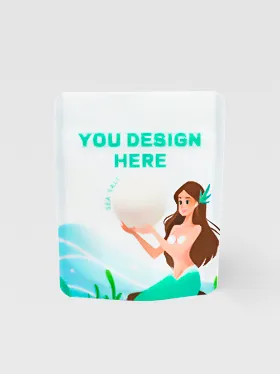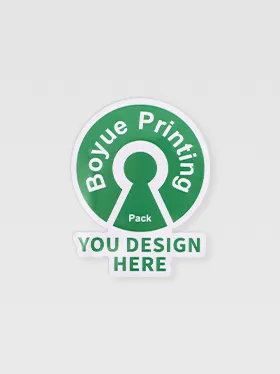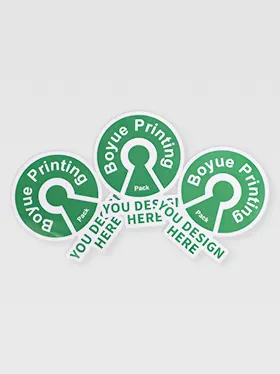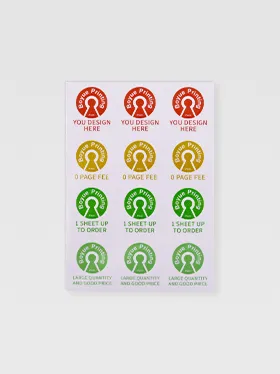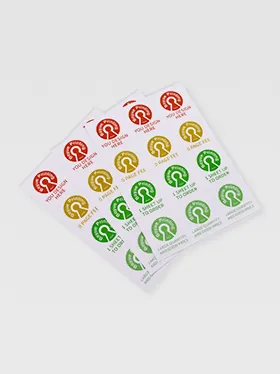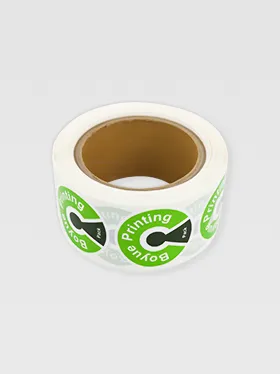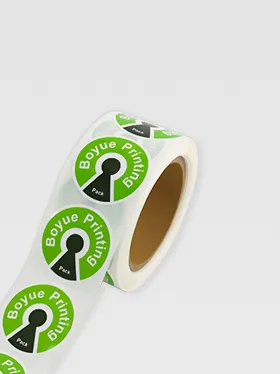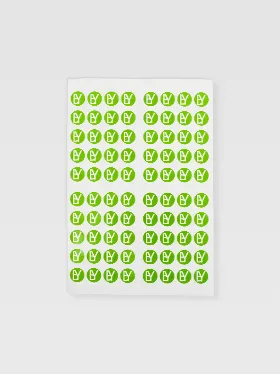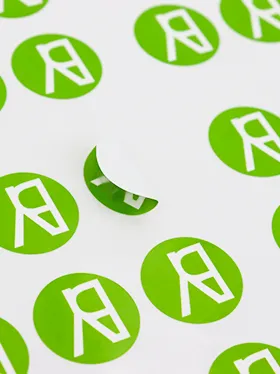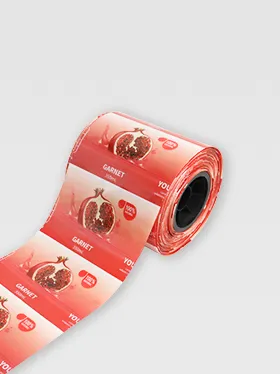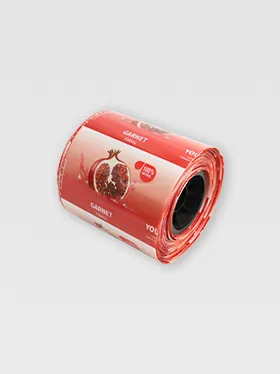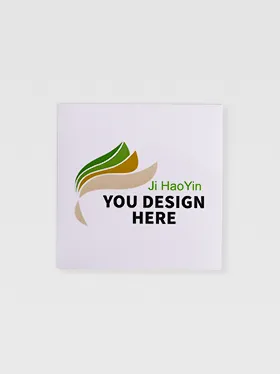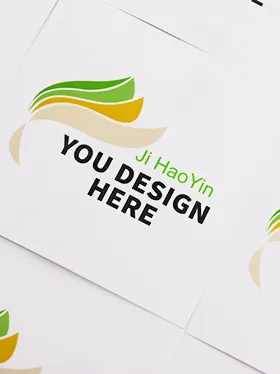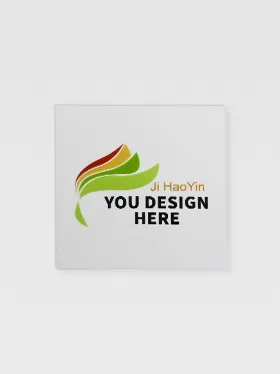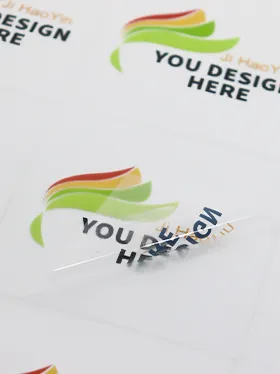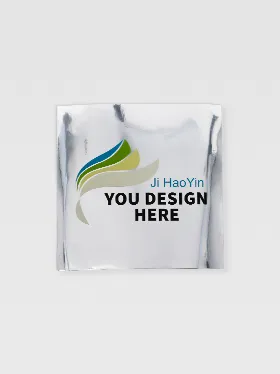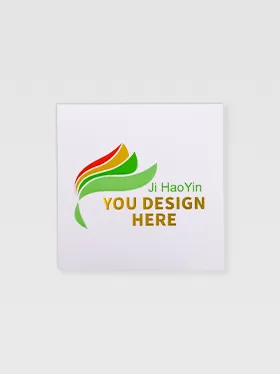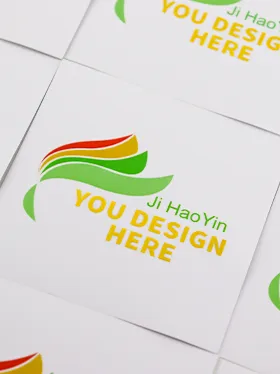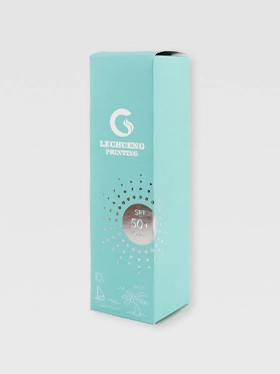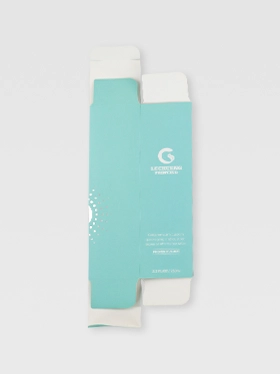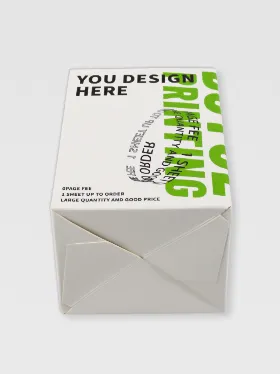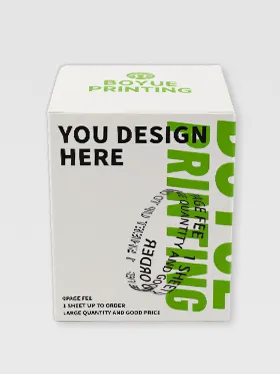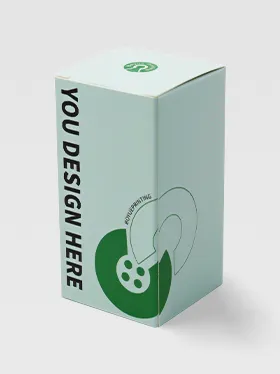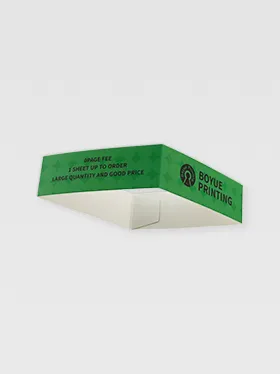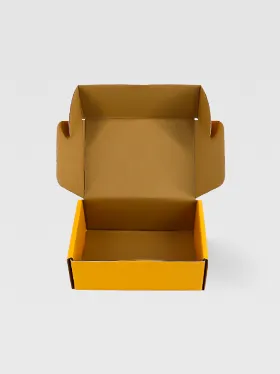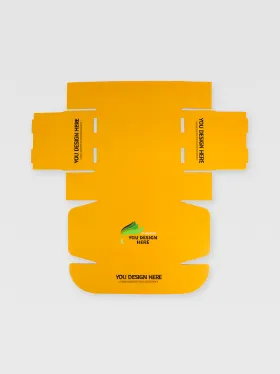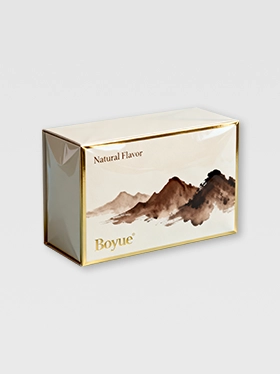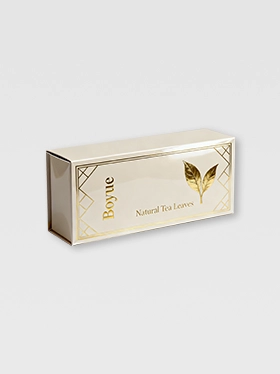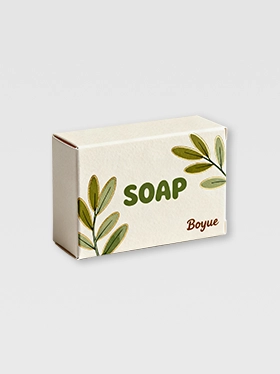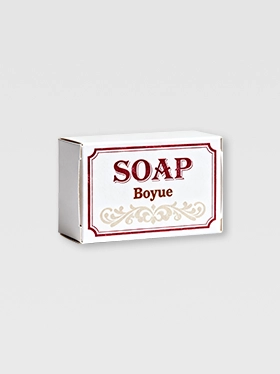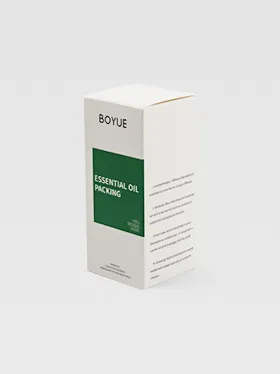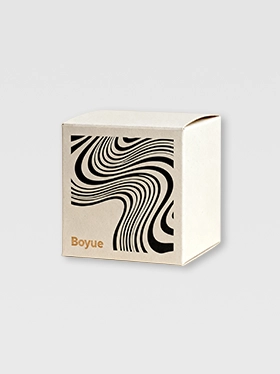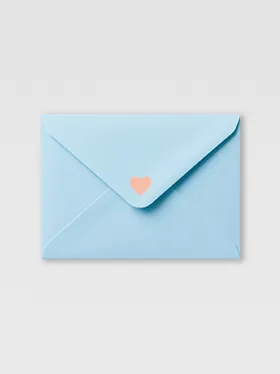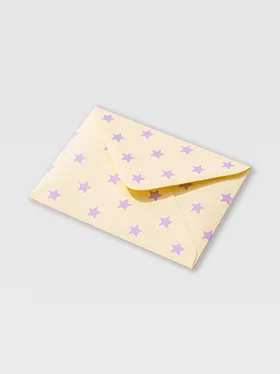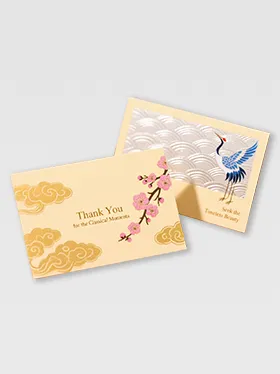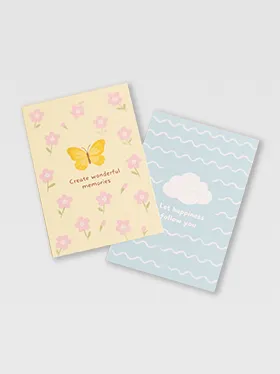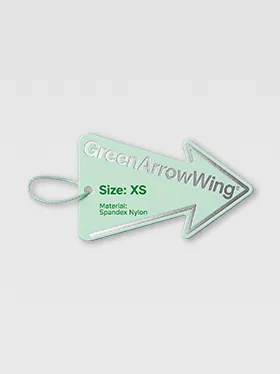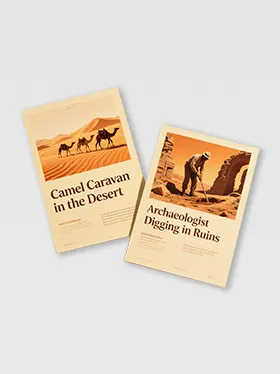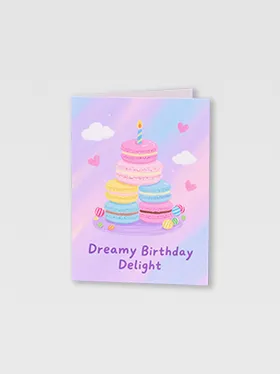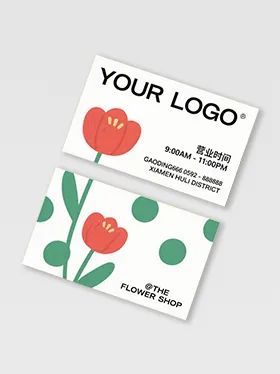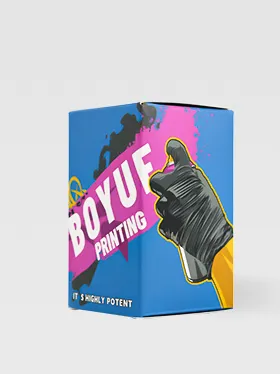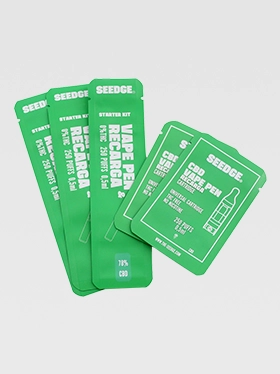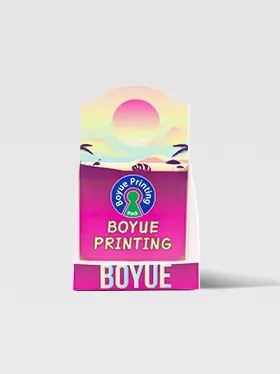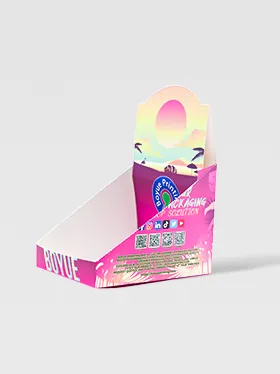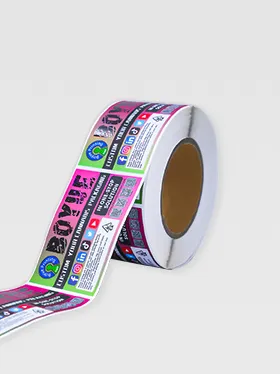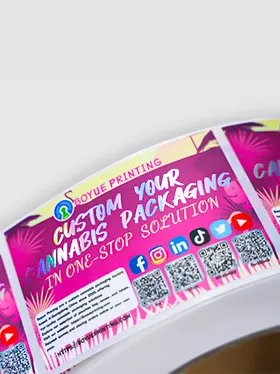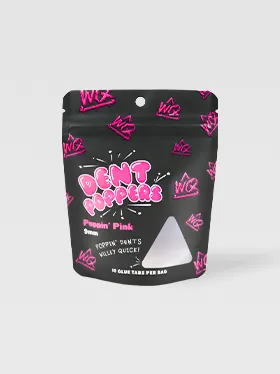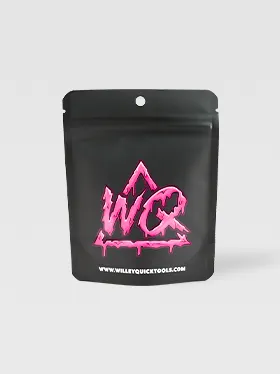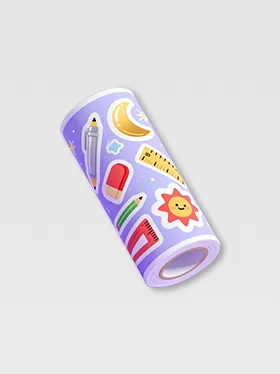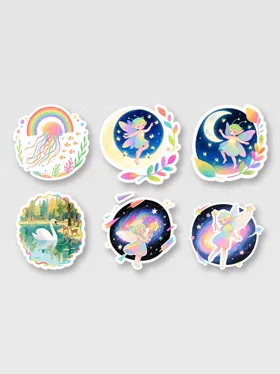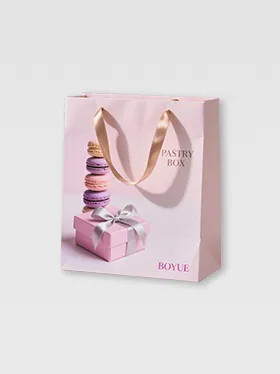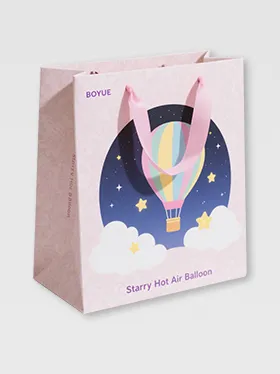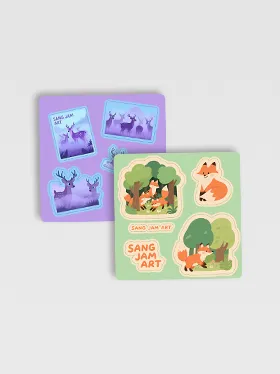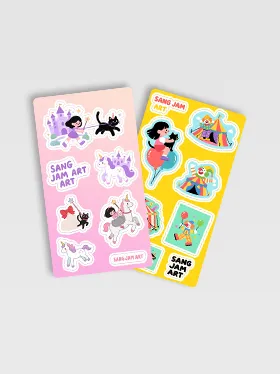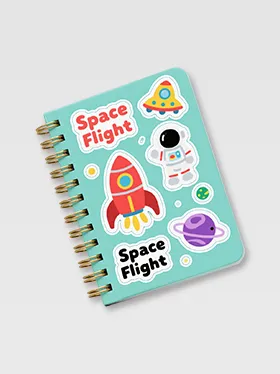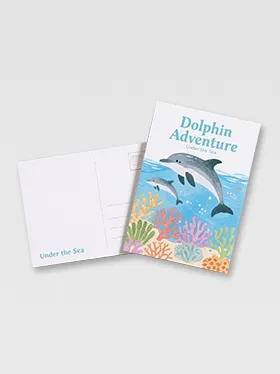
Custom Pouches

Stickers & Labels

Custom Boxes

Custom Cards

Cannabis Packaging

Stationery Series
Didn't find the right type?
Online Contact!

0086:18926054779
By Type
By Material
By Use
By Feature
Search
Cart
- Summary
- Orders
- My samples
- Discount
- Artworks
- Favorites
- Payment
- After-sales
- Notifications
- Setting
- Log out
Design & Guides
2024/04/24
What is a Retort Pouch
Tag:
#rotort pouches
#type of flexible packaging
Share:
A retort pouch is a type of flexible packaging that is designed for the packaging of ready-to-eat meals, soups, and other food products. These pouches are made from multiple layers of flexible laminate materials, including plastic and metal foil, which provide a barrier against oxygen, light, and moisture. The history of retort pouches dates back to the 1950s when the technology was developed by the US military for use in feeding troops in the field. The manufacturing process for retort pouches involves the use of high heat and pressure to sterilize the contents, ensuring a long shelf life for the packaged products. In addition, the pouches are designed to withstand the rigors of transportation and storage, making them a popular choice for consumers looking for convenient and durable packaging options.
Advantages of Retort Pouches
Retort pouches are versatile packaging solutions that find applications in a wide range of industries. Here are some of the key sectors where retort pouches are commonly used:
- Food Products: Retort pouches are widely used for packaging various food products such as ready-to-eat meals, soups, sauces, and pet foods. These pouches help in preserving the taste, nutrition, and quality of the food and also extend its shelf life.
- Beverages: Retort pouches are also used for packaging beverages such as juices, energy drinks, and dairy products. The pouches protect the beverages from contamination and maintain their freshness.
- Military Rations: Retort pouches are ideal for packaging military rations as they are lightweight, durable, and easy to carry. These pouches are used to provide soldiers with nutritious and easy-to-prepare meals in the field.
- Emergency Food Supplies: Retort pouches are commonly used for storing emergency food supplies such as MREs (meals ready-to-eat) and survival kits. These pouches ensure that the food remains safe and edible during emergencies.
- Medical Supplies: Retort pouches are used for packaging medical supplies such as sterile dressings, surgical instruments, and pharmaceutical products. The pouches help in maintaining the sterility of the medical supplies.
- Cosmetics and Personal Care Products: Retort pouches are also used for packaging cosmetics and personal care products such as lotions, creams, and shampoos. The pouches help in preserving the quality of these products.
- Chemicals and Industrial Products: Retort pouches are used for packaging chemicals, industrial adhesives, and other industrial products. These pouches help in protecting the products from contamination and leakage.
- Agricultural Products: Retort pouches are also used for packaging agricultural products such as seeds, fertilizers, and pesticides. The pouches help in preserving the quality of these products during storage and transportation.
Types of Retort Pouches:
- Flat Pouches: Flat pouches are the most common type of retort pouch and are used for a wide range of products such as soups, sauces, meats, and seafood. They are convenient for storage and transportation.
- Stand-up Pouches: Stand-up pouches have a flat base that allows them to stand upright on shelves, making them ideal for retail display. They are commonly used for snacks, pet food, and ready-to-eat meals.
- Shaped Pouches: Shaped pouches are designed with unique shapes to enhance product presentation and differentiate them from traditional packaging. These pouches are often used for specialty foods and beverages.
- Gusset Pouches: Gusset pouches have expandable sides that can hold larger volumes of products compared to flat pouches. They are commonly used for bulkier items such as pet food, nuts, and grains.
- Spout Pouches: Spout pouches feature a convenient spout for easy pouring and dispensing of liquids. They are commonly used for baby food, fruit purees, and liquid beverages.
- Square Bottom Pouches: Square bottom pouches have a flat base that provides stability and allows them to stand upright. They are commonly used for products that require a stable base, such as sauces, condiments, and marinades.
Materials Used in Retort Pouches
Retort pouches are made of multilayer structures that are designed to provide excellent barrier properties to protect the contents from moisture, oxygen, light, and other external factors. These layers typically include materials such as polyester, aluminum foil, nylon, and polyethylene.
The barrier materials used in retort pouches play a crucial role in extending the shelf life of the products inside. The aluminum foil layer, for example, provides excellent barrier properties against oxygen and light, while the nylon layer offers resistance to punctures and tears.
The lamination process is essential in creating the multilayer structure of retort pouches. During this process, the various layers are bonded together using heat and pressure to form a strong and durable pouch. The quality of the lamination process is crucial in ensuring the pouch’s ability to withstand high temperatures and pressures during retort sterilization.
Environmental Impact of Retort Pouches
When comparing retort pouches to other packaging materials, it is important to consider their environmental impact. Retort pouches have a lower carbon footprint compared to traditional packaging materials such as cans or glass bottles, due to their lightweight nature and ability to be transported more efficiently. However, the aluminum layer in retort pouches can make them more difficult to recycle than other types of packaging.
In terms of waste management, proper disposal of retort pouches remains a concern. While some municipalities accept retort pouches in their recycling programs, others do not have the infrastructure to do so. As a result, many retort pouches end up in landfills, contributing to environmental concerns.
To address the sustainability challenges of retort pouches, the packaging industry is increasingly adopting practices such as developing recyclable or biodegradable alternatives to traditional retort pouches. Companies are also exploring ways to reduce the amount of material used in pouch construction and improve the recyclability of these products. Overall, the industry is working towards more sustainable packaging solutions to minimize the environmental impact of retort pouches.
Are Retort Pouches Food Safe?
When it comes to the safety of retort pouches, it is important to note that these packaging materials must meet FDA regulations to ensure that they are safe for storing food. This includes rigorous testing and certification processes to guarantee that the pouches do not leach harmful chemicals into the food they contain. As such, consumers can have confidence in the safety of using retort pouches for packaging various food products.
Cost Efficiency of Retort Pouches
When it comes to production costs, retort pouches are often more cost-effective compared to traditional packaging options such as cans or glass jars. The materials used in the production of retort pouches are lightweight and require less energy to produce, resulting in overall lower production costs for businesses.
Additionally, the shipping and storage benefits of retort pouches cannot be overlooked. Due to their lightweight and flexible nature, retort pouches take up less space during transportation, ultimately reducing shipping costs for businesses. Furthermore, the pouches can be stacked more efficiently, allowing for more products to be stored in a smaller space, resulting in cost savings for inventory management.
Overall, the economic impact of using retort pouches can be substantial for businesses. The cost efficiency in production, shipping, and storage not only saves money for companies but also allows for competitive pricing in the market. By utilizing retort pouches, businesses can enhance their bottom line and improve their overall economic position.
Comparison to Plastic Bottles
Advantages of pouches over bottles: Retort pouches have several advantages over plastic bottles. They are lightweight, making them easier to transport and store. Pouches also require less material to manufacture, making them more environmentally friendly. Additionally, pouches are easier to open and dispose of, making them more convenient for consumers.
Disadvantages of pouches: Despite their advantages, retort pouches also have some disadvantages compared to plastic bottles. Pouches are not as rigid as bottles, which can make them difficult to stand upright on shelves. Pouches are also more prone to punctures and leaks, which can lead to product spoilage.
Market trends and consumer preferences: In recent years, there has been a growing trend to the use of retort pouches in the food and beverage industry. Consumers are increasingly seeking convenient and eco-friendly packaging options, which has led to an increase in the popularity of pouches. As consumer preferences continue to shift towards more sustainable packaging solutions, it is likely that the demand for retort pouches will continue to grow.
Future Trends in Retort Pouch Packagingward
The future of retort pouch packaging is looking bright with the integration of smart technology. This includes features such as QR codes for tracking and tracing the product’s journey, as well as sensors that can detect the freshness of the contents.
Another trend we are seeing is the shift towards using biodegradable materials in retort pouch packaging. This is in response to growing consumer demand for more sustainable packaging options. By using materials that break down easily in the environment, manufacturers can help reduce their carbon footprint.
Customization and personalization options are also becoming more prevalent in retort pouch packaging. Brands are realizing the importance of standing out on the shelves and are offering unique designs and messaging tailored to specific audiences. This allows for a more personalized and engaging experience for consumers.
Conclusion
In conclusion, the retort pouch is a versatile and innovative packaging solution that offers numerous advantages for both manufacturers and consumers. The key points to remember about retort pouches include their ability to extend product shelf life, their lightweight and convenient design, and their compatibility with various food products.
Looking ahead, the future outlook for the retort pouch industry is promising, as advancements in technology continue to enhance the performance and sustainability of these pouches. Additionally, as consumer demand for convenient, on-the-go food options grows, retort pouches are likely to become even more prevalent in the market.
Overall, the benefits of using retort pouches are abundant. Not only do they provide excellent protection against contaminants and preserve the quality of food products, but they also reduce packaging waste and offer a convenient option for consumers. With their ability to improve product safety, enhance convenience, and contribute to sustainability efforts, retort pouches are a packaging solution worth considering for a wide range of food and beverage products.
FAQ of Pouch Packaging
1. What is pouch packaging?
Pouch packaging is a popular form of packaging that uses flexible materials to create a pouch or bag to hold products. It is commonly used for food, beverages, pharmaceuticals, and other consumer goods.
2. What are the advantages of using pouch packaging?
Pouch packaging offers several benefits, including convenience, portability, lightweight design, and cost-effectiveness. It also allows for customizable shapes and sizes and provides excellent shelf appeal for branding and marketing purposes.
3. What types of products are suitable for pouch packaging?
Pouch packaging is versatile and can be used for a wide range of products, including snacks, pet food, cosmetics, cleaning products, and more. It is particularly popular for products that require barrier protection and extended shelf life.
4. Are pouches environmentally friendly?
Many pouch packaging options are environmentally friendly, using recyclable materials or biodegradable options. Some pouches can also be reused or repurposed, reducing waste and environmental impact.
5. Can pouch packaging be customized?
Yes, pouch packaging can be customized with various features, such as resealable zippers, spouts, handles, and more. Custom printing options are also available to showcase branding, logos, and product information.
6. How do you fill pouch packaging?
Pouch packaging can be filled using automated filling machines or manual filling methods, depending on the type and size of the pouch. Filling processes may include liquid filling, dry filling, or a combination of both.
7. Are pouches suitable for hot or cold products?
Pouch packaging is versatile and can be designed to accommodate both hot and cold products. Specialized materials and barrier properties can be used to maintain product freshness and integrity.
8. What is the shelf life of products in pouch packaging?
The shelf life of products in pouch packaging can vary depending on the composition of the product, packaging materials, storage conditions, and other factors. Proper packaging design and barrier protection can help extend shelf life.
9. How can pouch packaging be disposed of?
Pouch packaging can be disposed of through recycling programs that accept flexible packaging materials. Some pouches may also be compostable or biodegradable, offering environmentally friendly disposal options.
10. Is pouch packaging cost-effective?
Pouch packaging is often cost-effective compared to other packaging options, thanks to its lightweight design, space-saving properties, and customizable features that reduce material waste. It also offers efficiency in transportation and storage, saving on logistics costs.
Share:
Recommended article
Related products
Categories
Not sure what to choose?
Skip the calculator. Our packaging team is here to guide you.
Talk to an Expert
Not sure what to choose?
Skip the calculator. Our packaging team is here to guide you.
Talk to an Expert
Not sure what to choose?
Skip the calculator. Our packaging team is here to guide you.
Talk to an Expert
Not sure what to choose?
Skip the calculator. Our packaging team is here to guide you.
Talk to an Expert
Not sure what to choose?
Skip the calculator. Our packaging team is here to guide you.
Talk to an Expert
Not sure what to choose?
Skip the calculator. Our packaging team is here to guide you.
Talk to an Expert

Ready to upgrade your packaging?
